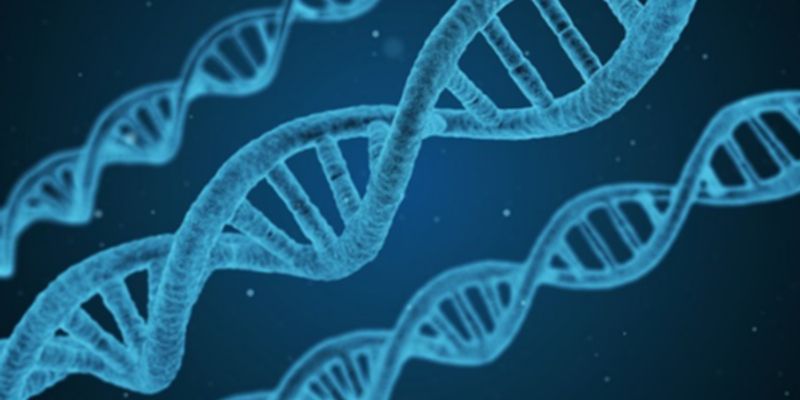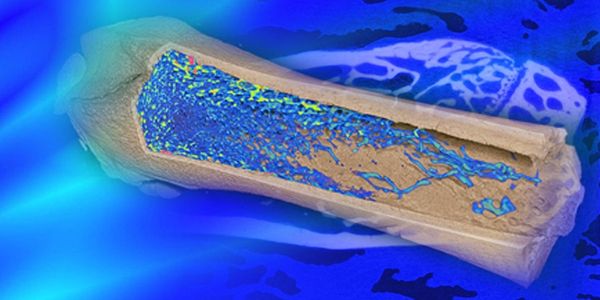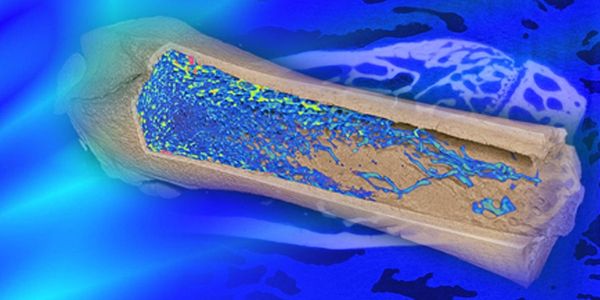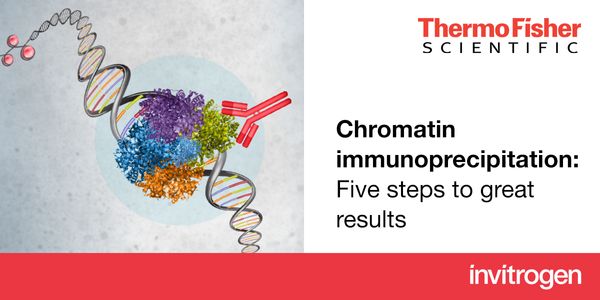Gene Regulation
Gene Regulation is created by using mechanisms to inhibit or induce the expression of a gene product. Regulation of a gene can include: the binding of proteins to DNA elements in order to regulation of transcription, structural changes, chemical changes, or the translation of mRNA.
-
The lung is a highly complex organ, comprised of more than 40 cell types that are responsible for various important functions, the lung’s complexity contributes to the subsequent challe...
FEB 05, 2019 | 9:00 AM
DATE: February 5, 2019TIME: 9:00am PST, 12:00pm EST CloudLIMS.com is pleased to invite you to attend a complimentary webinar. The webinar focuses on the importa...
DEC 06, 2018 | 8:00 AM
DATE: December 6, 2018TIME: 11:00am EST, 5:00pm CET Introduction Micro-computed tomography (micro-CT) offers significant advantages o...
DEC 06, 2018 | 1:00 AM
DATE: December 6, 2018TIME: 10:00am CET, 5:00pm CST Intro Micro-computed tomography (micro-CT) offers significant advantage...
OCT 31, 2018 | 8:00 AM
DATE: October 31, 2018TIME: 8:00AM PDTChromatin immunoprecipitation (ChIP) is a technique researchers employ to obtain a snapshot of protein-DNA interactions in the cell. ChI...
OCT 30, 2018 | 8:00 AM
DATE: October 30, 2018TIME: 8:00am PDT, 11:00am EDT Does your PSC medium support cell therapy? In this webinar, learn about Cell Therapy Systems™ (CTS...
The oncogenic transcription factor c-MYC (MYC) is deregulated, and often overexpressed, in more than 50% of cancers. MYC deregulation is associated with poor prognosis and aggressive disease,...
Speaker:
Jason De Melo, PhD
In the last two decades, large amount of next-generation sequencing (NGS) and -omics data has been generated in the field of immuno-oncology. Generating hypotheses by analyzing hundreds if no...
Speaker:
Devendra Mistry, PhD
RNA sequencing unlocks the mysteries hidden in the transcriptome. Whether your goal is gene expression analysis, gene fusion analysis, SNP analysis or miRNA expression analysis, achieving hig...
Speaker:
Jonathan Shaffer, PhD, MBA
High-throughput screening is widely useful in identifying genes and pathways that drive changes in cell behavior such as cell cycle regulation, metastasis, and drug resistance. Millipor...
Speaker:
Andrew Ravanelli, PhD
Molecular analyses of cancer biology have tended to segregate between a focus on nucleic acids – DNA, RNA and their modifications – and a focus on proteins and protein function. P...
Speaker:
Karin Rodland, PhD
Cellular processes are orchestrated by a large number of biomolecules in a spatially and temporally coordinated manner within a tiny volume. To uncover the underlying organizational principle...
Early adverse exposures, such as maternal stress during pregnancy and child abuse, are thought to result in long-lasting consequences on neural circuit function and stress hormone regulation...
























